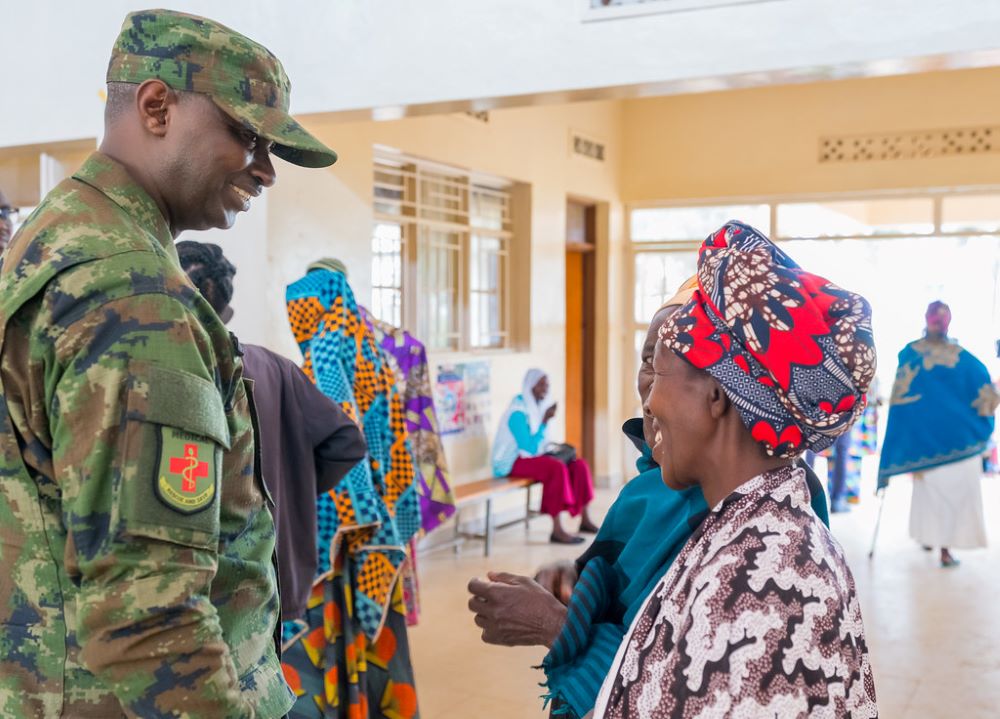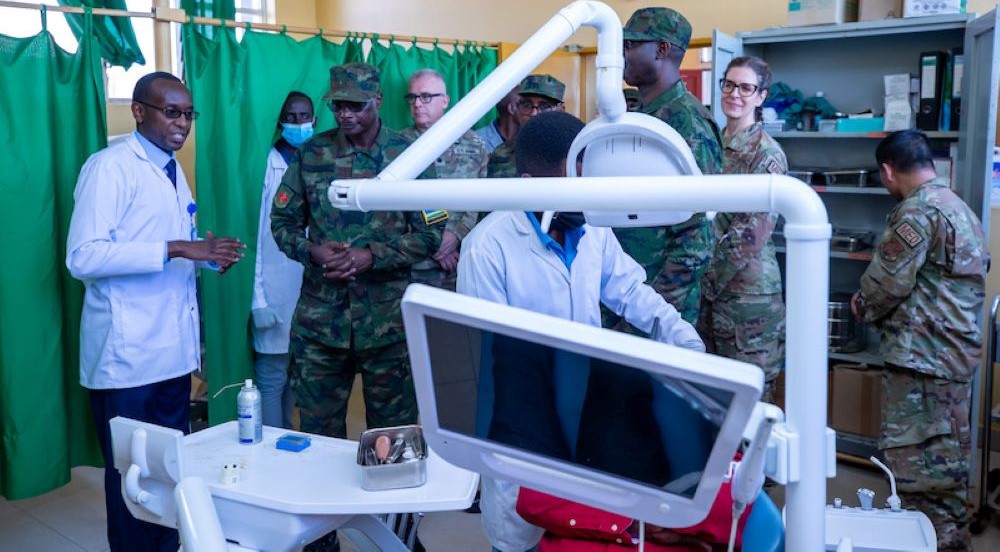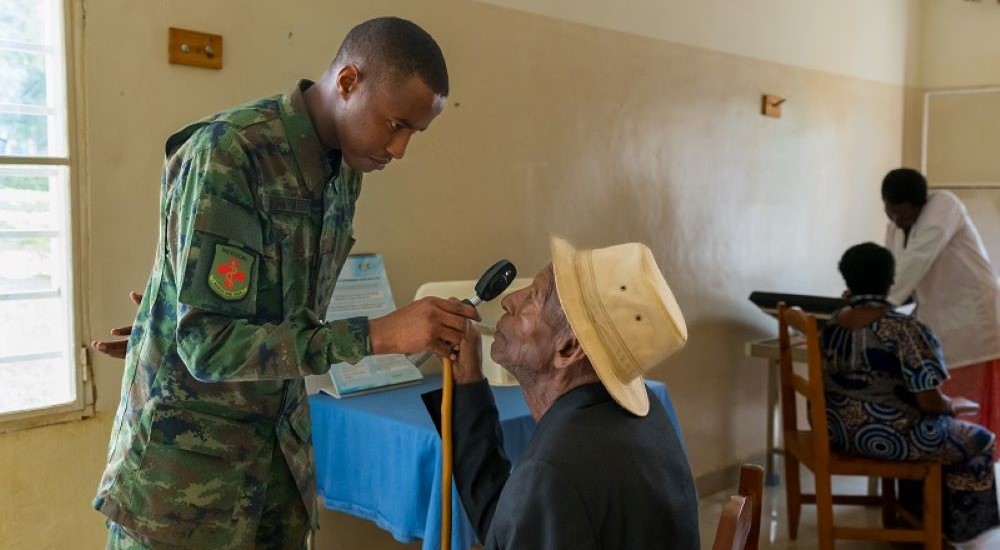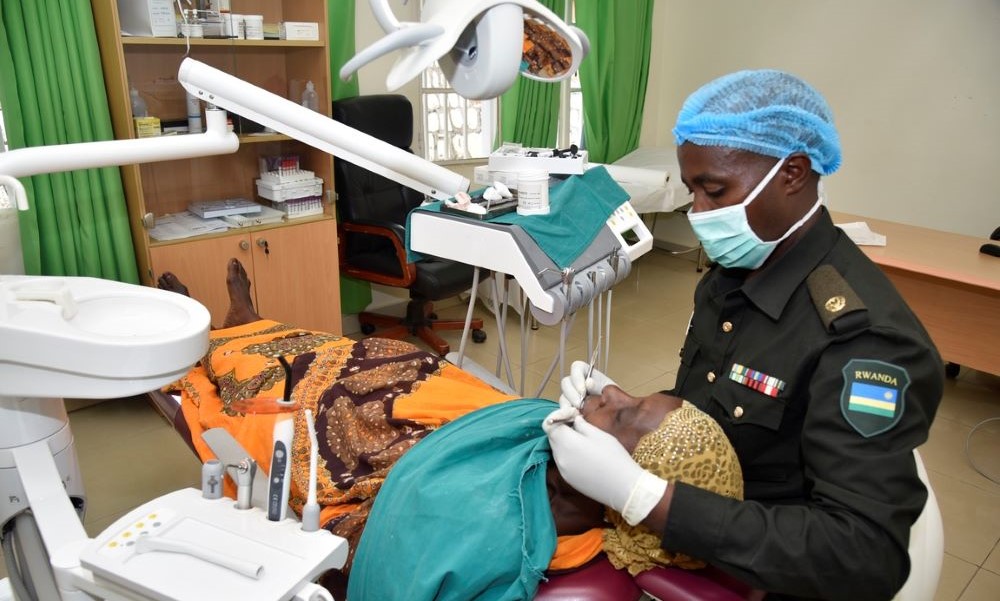When most people think of armies, their minds turn to rifles, tanks, and boots marching in unison. Yet behind every soldier is another kind of force including doctors, nurses, and medics who fight battles of a different kind.
In Rwanda, this role belongs to the Military Health Service (MHS), one of the least known but most vital branches of the Defence Force.
The recently published Presidential Order No. 014/01 of 25 August 2025 has revealed, in rare detail, how this hidden army of medics is structured and why it matters not only to soldiers but also to the wider public.
A web of facilities
The order describes the MHS as a network of medical units and commands, spread across the country and designed to serve both peace and war. At its nexus is the Rwanda Military Teaching Hospital, a national hub for treatment and training.
Complementing it are the Medical Operations Support Command, which deploys regiments of field hospitals and doctors to missions, and the Regional Medical Support Commands, which ensure health services reach soldiers and communities across Rwanda.
This design prevents centralization and guarantees that wherever RDF operates, in barracks, in disaster zones, or on foreign missions, medical support is always close by.

Directorates of expertise
The order also introduces four specialized directorates that give the MHS depth. They include the Directorate of Epidemiology and Public Health and the Directorate of Medical Training, Research, and Innovation.
Combined, the two monitor disease, conduct immunizations, provide rapid responses to outbreaks, develops skilled professionals and drive forward new medical solutions.
There is also the Department of Drugs and Medical Materials, which ensures reliable supply of medicines and equipment plus a special directorate of Corporate Services, manages finances, logistics, and administration.
These directorates transform the MHS into a national health security asset rather than a simple military hospital system.

Responsibilities beyond uniforms
What makes Rwanda’s Military Health Services exceptional is that it serves far more than the military. According to the new order, it cares for RDF personnel, their families, and the general public.
This means civilians can access care from institutions originally designed for soldiers. The MHS also supports epidemic control, humanitarian relief, and accident recovery, both within Rwanda and in international missions.
During natural disasters, floods, or pandemics, the MHS is among the first to deploy. Its doctors are as likely to be treating villagers as they are to be treating soldiers.

The role of education
Another little-known responsibility of the MHS is promoting medical education and research. The Military Teaching Hospital is not only a treatment center but also a training facility. Doctors, nurses, and technicians are constantly trained and retrained, while researchers investigate innovations in both civilian and battlefield medicine.
This ensures that Rwanda is never caught unprepared. In times of crisis, from pandemics to chemical hazards, the nation can draw on an educated, disciplined medical corps.
For many Rwandans, the MHS is invisible, hidden behind the walls of barracks or overshadowed by civilian hospitals. Yet its influence runs deep.
It acts as a safety valve for the national health system, stepping in when public facilities are stretched. It builds resilience against epidemics and provides rapid-response capacity unmatched by many civilian institutions.
Even more importantly, it symbolizes a philosophy: that soldiers defend not only borders but also the health of the nation.

The silent healers
In war, the Military Health Services saves soldiers from wounds. In peace, it saves civilians from disease and disaster. It represents the dual character of Rwanda’s Defence Force, at once protectors of sovereignty and guardians of life.
Behind the sound of boots and the weight of rifles lies a quieter army, armed with stethoscopes and syringes, standing ready to defend Rwanda’s most precious asset, the health of its people.
